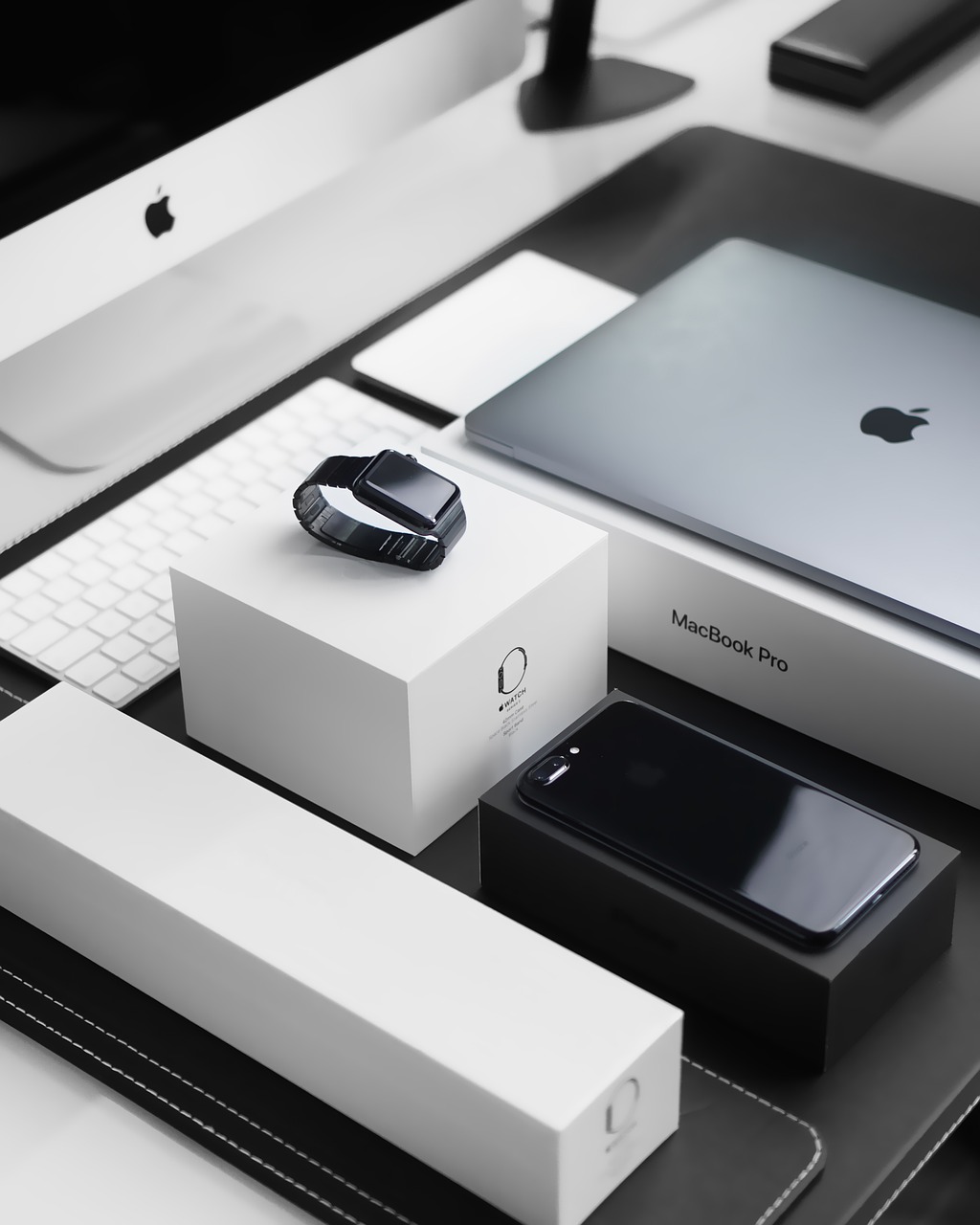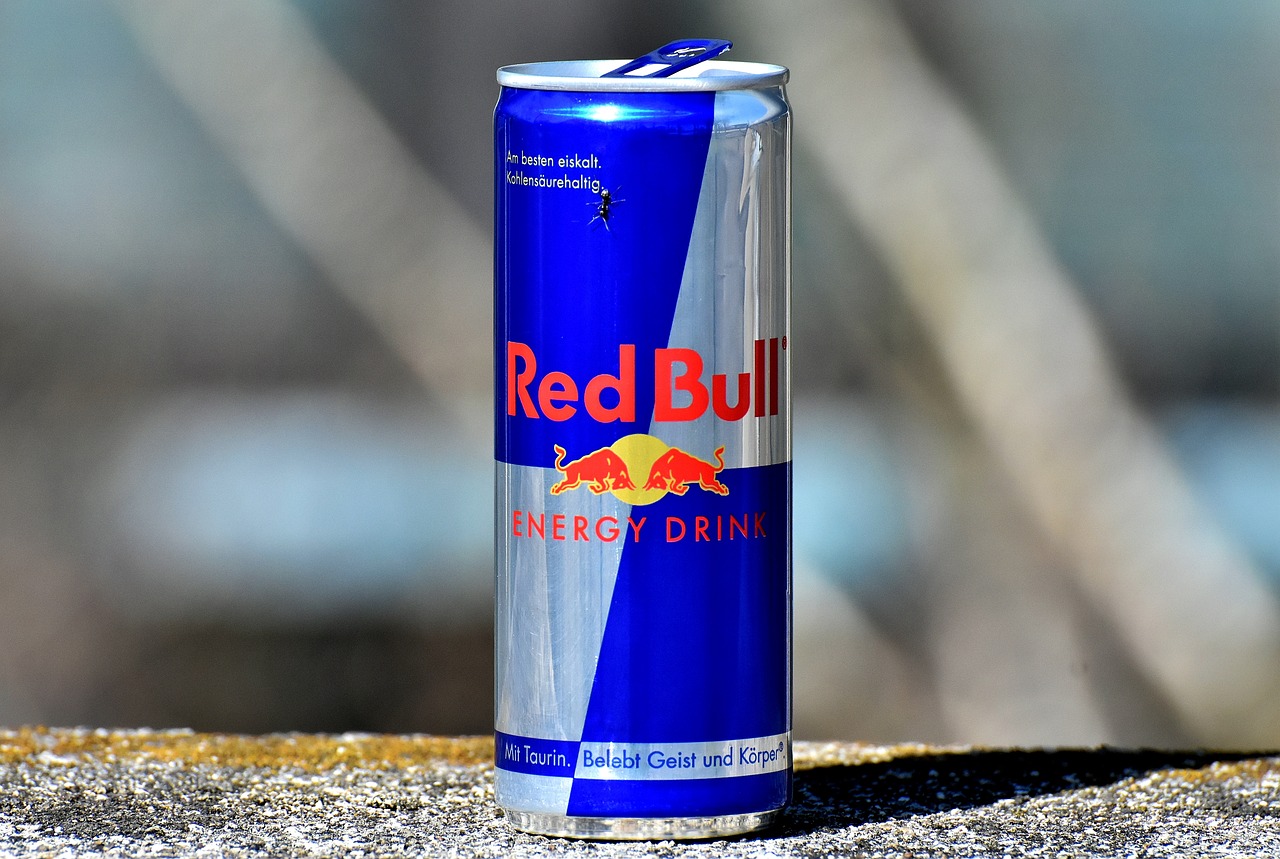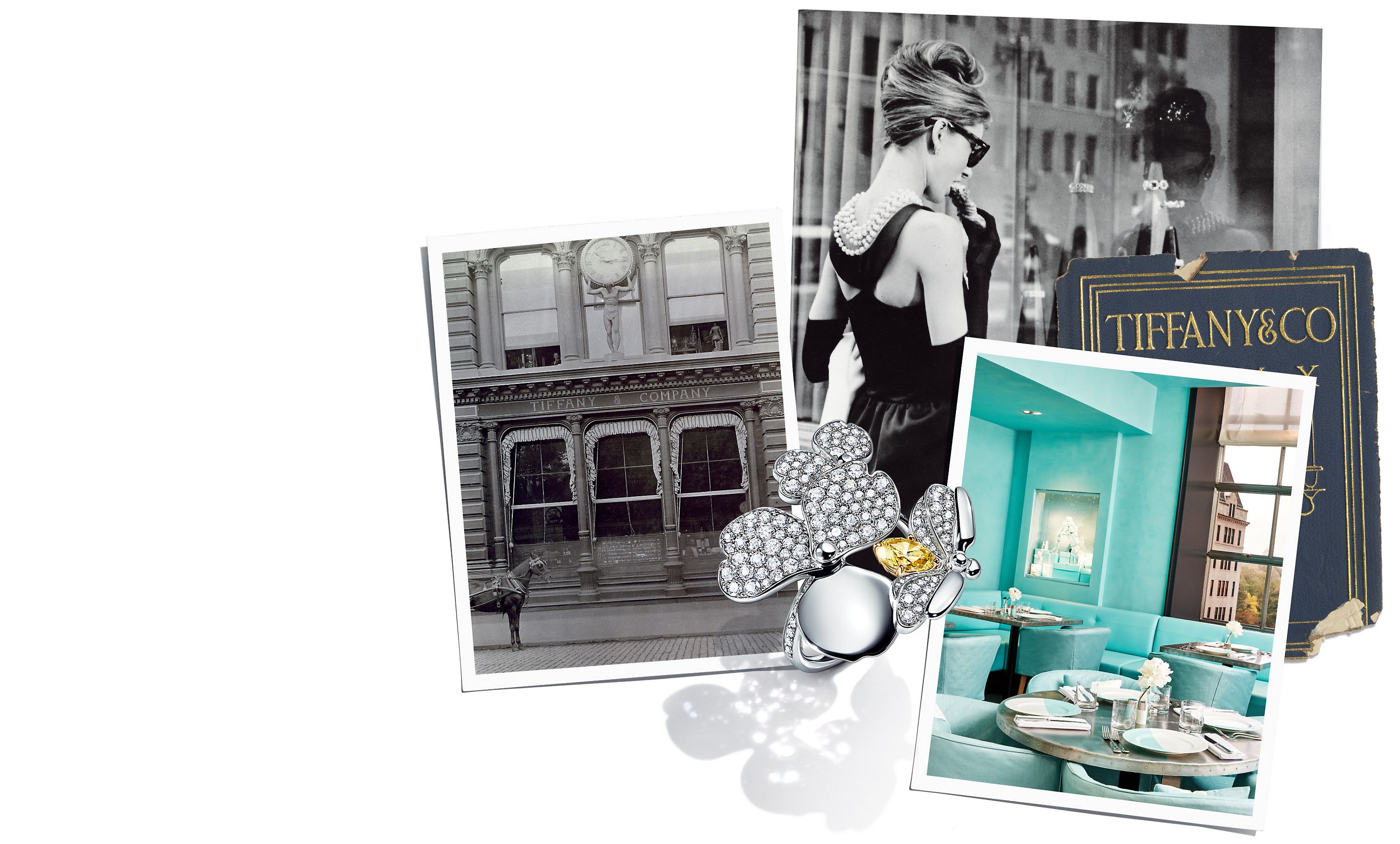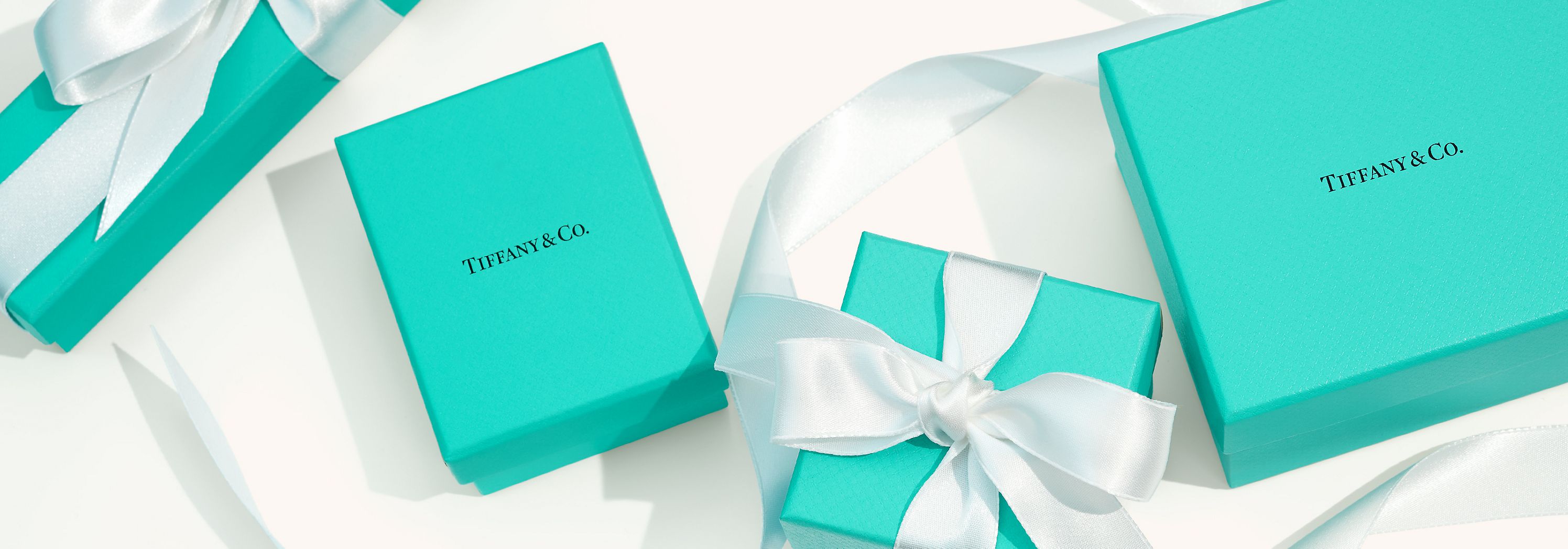How To Create A Brand Personality Your Audience Will Love
What’s your favorite brand? Do you prefer Rolls Royce or Mercedes Benz? Wendys or KFC? Do you like shopping at Amazon or Walmart?

Whether you realized it before this moment or not, as you hear these questions one thing is clear. You have strong opinions about these brands. And you likely have an obvious choice in each of these categories. To change your mind would require a lot of effort.
As consumers, we often make these choices subconsciously. But brands spend a lot of time and effort ensuring that they are always their clientele’s first choice. In fact, we’d argue that their end goal is to be seen as the only choice in most cases.
So, what makes customers feel so strongly about some products and companies in the market? Can a small business also replicate this for their customers without aggressive, expensive, and elaborate marketing campaigns?
The answer is yes. All you have to do is develop a unique brand personality that your customers will relate to deeply and maybe even fall in love with.
Now we don’t mean a literal personality like Ronald McDonald or the Pillsbury doughboy, necessarily. We’re talking about something a little more complex.
So keep reading to find out more about what a brand personality is and how to build one for your business. And we’ll even throw in some lessons from some of the biggest names in the market.
Let’s get started.
What exactly is a brand personality?
A business cannot afford to be just a business anymore. Consumers’ attention spans keep decreasing, and no area is purely niche anymore.
So, if you are a small business and want your customers to discover, appreciate, and transact with you, you need to become a brand. Branding humanizes your business and makes it easy for people to relate and engage with it.
Like humans, the key to being the star at every party is a shining personality. But how do you define the personality of an inanimate thing like a business or a product?
Brand personality is a combination of the unique characteristics, emotional traits, and behavior patterns that set your business apart from its competitors.
It brings out the defining traits of your business to build relatability and compatibility with your target audience.
To make the process easier, Jennifer Aakar, a professor at Stanford University, categorizes brand personalities broadly into Five categories:
Marketers and companies have used this categorization since 1961. And knowingly or unknowingly, brands tend to fall into one of these categories.
Having this as a framework also makes the process more efficient and accurate, instead of vague.
Now that you are familiar with the types of brand personalities and their defining traits, the question arises on the tangible benefits of this process.
Marketing, branding, and personality definition can be rather time-consuming. So before you dive into the process, you probably want to know what you’ll get out of it.
Well, fair question and one we are ready to answer.
Why do you need a brand personality?
Brand personalities bring a lot of benefits to the table, above and beyond the customer affinity factor. Most companies fail to realize that engagement, reach, and relatability are not abstract terms. When done right, they translate into financial benefits for the business.
With a well-defined brand personality, you can:
- Build an audience that connects with your product or service AND your entire story and your core values. This will be a significant advantage during market expansion, new product launches, and mergers.
- Devise marketing plans with ease. When you know the tone, messaging, and visual representation of your brand, it becomes easy to package it during the marketing process.
- Gain popularity in the market because of heightened brand awareness that comes with relatability and connection with the audience.
- Improve your customer acquisition, retention, and engagement numbers. With the right brand personality, you attract rather than chase these metrics.
Brand personality is a powerful arsenal for B2B (business to business) and B2C (business to customer) companies.
Companies that define who they are using brand personality have a higher chance of being remembered. This means higher inbound leads and a higher conversion rate.

As you can see, companies that target fame and awareness see the largest increases in their business sizes. Fame and awareness come with recognition and remembrance in the market. And all of this starts from a strong brand personality.
Translating Brand Personality into Brand Identity
Next on the agenda is to figure out how to spell out your brand personality in a way that doesn’t just reach your customers. It has to make an impact too.
This happens by establishing a brand identity in the market. Brand identity is a set of tools that you can use to convey the right image of your business to the customer. Brand personality is one such tool in the larger world of branding.
Designers use colors, imagery, design style to bring the personality of your business alive across all channels.
So, if you want to convey that your brand personality is easygoing, young, and modern – then you must choose designs that convey this via your branding and marketing materials.
Design plays a vital role in deciding the success of your brand personality campaigns. This is because our brains remember visuals much better than we remember text.
So, while the content and messaging are important, it is the design and visual identity of your brand that grabs the attention. Colors, imagery, and style signify traits to people so it becomes easier to convey your brand personality via visual marketing and design.
Design is also omnipresent in every customer touchpoint, right from your website, social media pages, emails, physical advertisements, and packaging. By employing graphic design as the medium to communicate your brand’s personality, you incorporate it in every touchpoint.
Reinforcement and repetition imprint your brand personality in the customer’s mind. Design is the most effective tool to achieve this.
Kimp Tip:
Repetition needs help from its good friend consistency to do its job well. As a business, ensure that you pay equal attention to your web and print-based marketing materials to achieve that consistency.
Did you know that Kimp’s design teams hold expertise in both areas? Check out our extensive list of design services here.
The epitome of consistent branding – Apple
Consider the company “Apple” for example. Every product package, website page, and social media post follows the same design pattern. Modern, sophisticated, creative, and minimalistic. These are Apple’s core values, and the company ensures that this comes across at every customer touchpoint.

The combination of sleek, simple, and elegant are the common denominators in all Apple products.
Creating a crowd favorite brand personality – Steps + Best Practices
Yes, you can leverage the power of design to build your brand personality. But, the process is not that simple.
Before you contact an experienced design team and begin work on your branding, follow these steps to understand, craft, and perfect your brand personality. Trust us, in the long run, you will be thankful you took the time to do so.
So, let’s dive right into the process to create a brand personality that your audience will love.
- First off the bat, identify the core values you want the customers to know you for.
- Next, talk to your friends, family, employees, peer groups, etc. Essentially any stakeholder that can provide you with a valuable perspective. Understand the words or phrases they use to describe your brand. Now, humanize your brand and narrow down the adjectives that suit its behavior the best. These phrases and adjectives will form the basis of your brand identity.
- Define the tone, content style, and key phrases you want across all your formal and informal communication channels. For example, Walmart’s core message is on saving money, so phrases like a discount, offers, and clearance feature constantly on the brand’s communications.
- Build a persona for your brand – do you relate your business with a particular gender? Is it fun or serious? Can customers expect sophistication or ruggedness from you?
- As we said before, colors, typefaces, and design style inherently convey a message to the audience. So, choose something that tells the story the way you want it to.
- Businesses that view themselves as traditional or formal choose subtle colors, formal typefaces, and imagery. Similarly, businesses that want to scream fun to their customers go with brighter colors, edgy fonts, and innovative imagery options. Make your choices accordingly.
- Transform these traits, attributes, and adjectives onto paper using visual identity tools such as logo, brand name, brand colors, typography, style, and imagery.
Kimp Tip:
To really reinforce the message for your customers, align your design style with your content style. For example, Red bull is a sports drink with its messaging centering on adventure, stamina, and energy. In line with that, the brand uses the image of bulls fighting, the color red to signify energy, and the package design lends a contrast canvas that only makes the red brighter.
With these subtle methods, Red Bull has leveraged the power of design to speak the same language as its content.

Creating a crowd favorite Brand Personality: Best Practices
- Invest time in understanding values and then model the personality based on it, instead of the other way round.
- Conduct A/B tests to see what resonates with your audience. Metrics don’t lie. But you’ve got to take the time to gather them using different options.
- Understand buyer personas and their expectation from your brand to craft a personality that resonates with your target audience.
- Create a brand style guide to ensure consistency across all platforms, especially if you have multiple locations and franchises.
- But remember, consistency does not mean boring. Adapt to the needs of different platforms while maintaining the core personality. Your message may be the same, but the format will differ between Twitter, Instagram, and a Billboard. Change vibes, not personality.
Brand Personalities that Audiences love – Examples & takeaways
Nike
If you are a sports enthusiast, you probably own Nike merchandise. And if you run a business, chances are that the brand’s popularity has you in awe.
Nike is one of the brands in the world with a larger-than-life brand image and an immensely loyal clientele. Many experts attribute it to its brand personality.
Falling into Aakar’s personality categories of Ruggedness and Excitement, this brand projects a feeling of sturdiness, durability, and resilience. All characteristics that resonate with the sports enthusiast community.
The brand has a simple logo – the infamous swish that closely resembles speed and urgency. Even the tagline, “just do it” is the motivation athletes look for.
Right from its website page to its storefront designs, you cannot miss the sports connection.
Tiffany & Co
If you have seen “Breakfast at Tiffany’s”, we know what popped into your head when you read the brand name. And that is exactly what the brand built – a strong personality that’s iconic and recognizable.
Over the years Tiffany & Co has left no stone unturned to project this onto its customers.

Tiffany’s logo, brand imagery, and colors all evoke visuals of elegance, charm, success, and eliteness.
Notable of them all is the color blue that has become an identity of the brand itself. The blue is constantly used across its marketing materials, package design, and store interiors too. An apt choice for a conservation brand, it has been quite successful in conveying the message the brand intended it to.

Jeep
Jeep is another brand that capitalizes on its buyer persona. Marketing experts decreed that customers who buy jeeps are buying an experience rather than a product. And what conveys the experience they buy into? It’s the brand personality.
This brand’s traits are traditional but innovative, tough, durable, adventurous, and outdoorsy. The automobile also has a long-standing connection with the military and World War II.
Building on all these characteristics, Jeep keeps its logo simple and straightforward with just the word mark. Even the colors touch upon the military connection and its traditional nature with a combination of black and military green.
What is especially interesting about Jeep’s brand personality is its ability to adapt to social media and attract the new-gen of automobile customers entering the market. The company launched a Snapchat filter that appeals to Gen Z giving them the virtual experience of sitting in a Jeep automobile.


In the images above, notice how the original grill design works well in the logo and brand elements of Jeep.
Dove
Dove is inherently a feminine brand and has molded its brand personality firmly in that area, across content tone, logo, and imagery.
All of us remember the series of advertisements by Dove that spoke of smashing beauty standards, claiming natural skin as healthy skin, and so on. But this is not a new thing. If you look closely at the brand personality of Dove, the traits of beauty, acceptance, simplicity, elegance, and happiness are built-in.
The royal blue color usage in the logo is a classic choice symbolizing reliability, excellence, and also quality. Going beyond colors, the imagery used in the logo, like the yellow bird, is another symbol to associate the brand with happiness, joy, free spirit, and nature.
The gently rounded font also underlines the feminine tone of the brand and is a conscious choice by the brand.
Dove has withstood the test of time, improving in the market, because of these choices by the brand.
Design your Brand Personality with Kimp
Brand personalities can be tricky. Translating messaging into design needs an understanding of marketing, branding, content, and design. An understanding that spans digital and print media.
As a business owner, you want to put your best foot forward in the market. In today’s visual world that begins with design.
Choose Kimp to stay worry-free about all your design needs. Kimp Graphics and Kimp Video offer you flexible design subscriptions to create a brand personality that sticks and flourishes in the market for years to come.
As a business owner, you want to put your best foot forward in the market. In today’s visual world, that begins with design.
So get started with Kimp. Sign up for the free trial today and start designing your brand personality.
